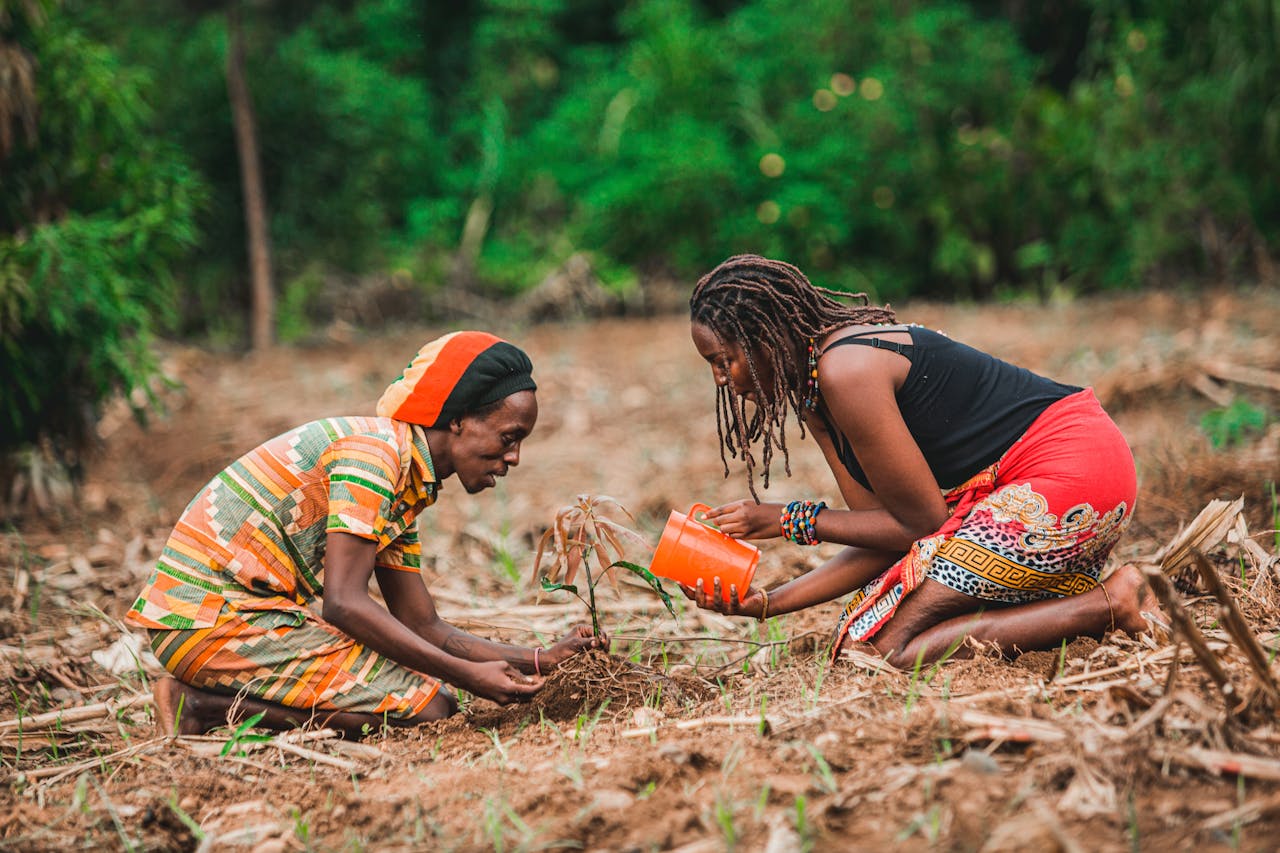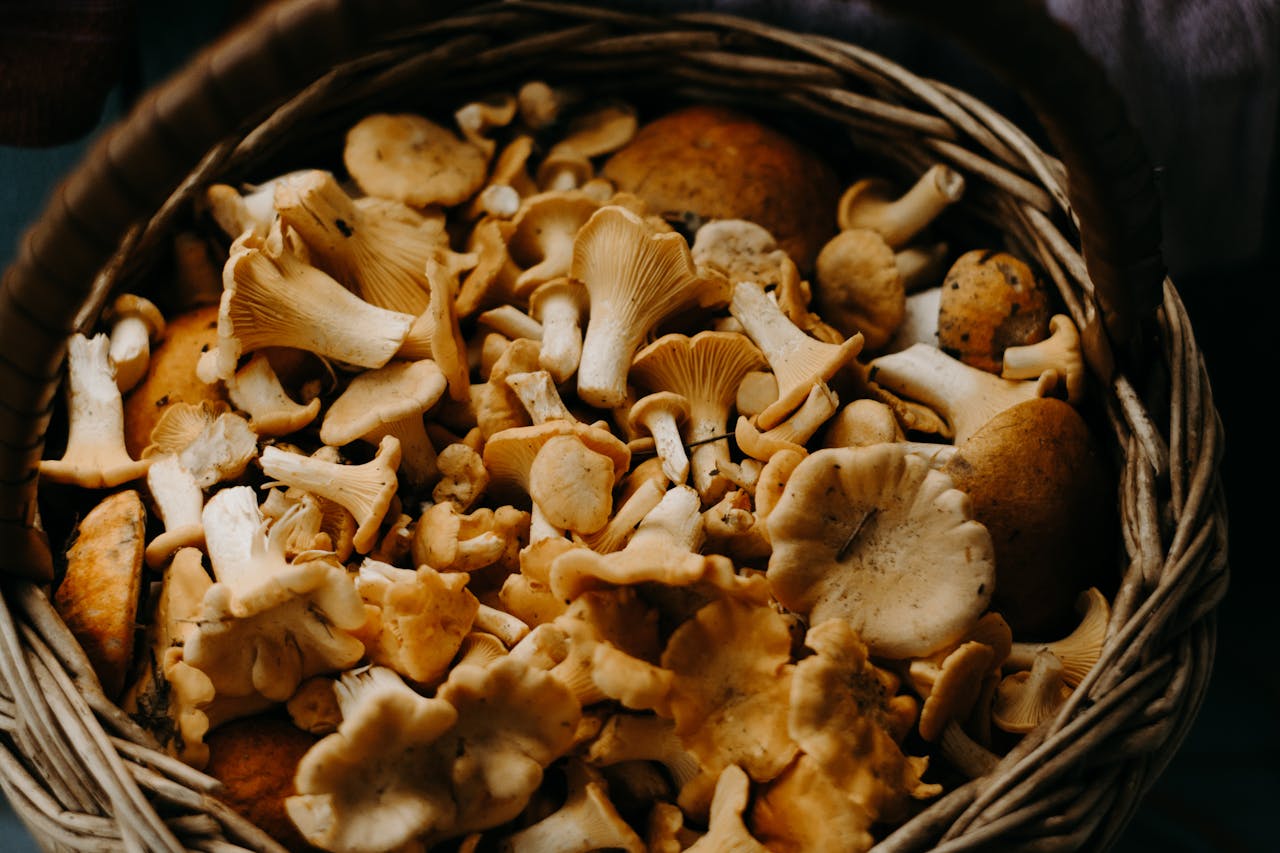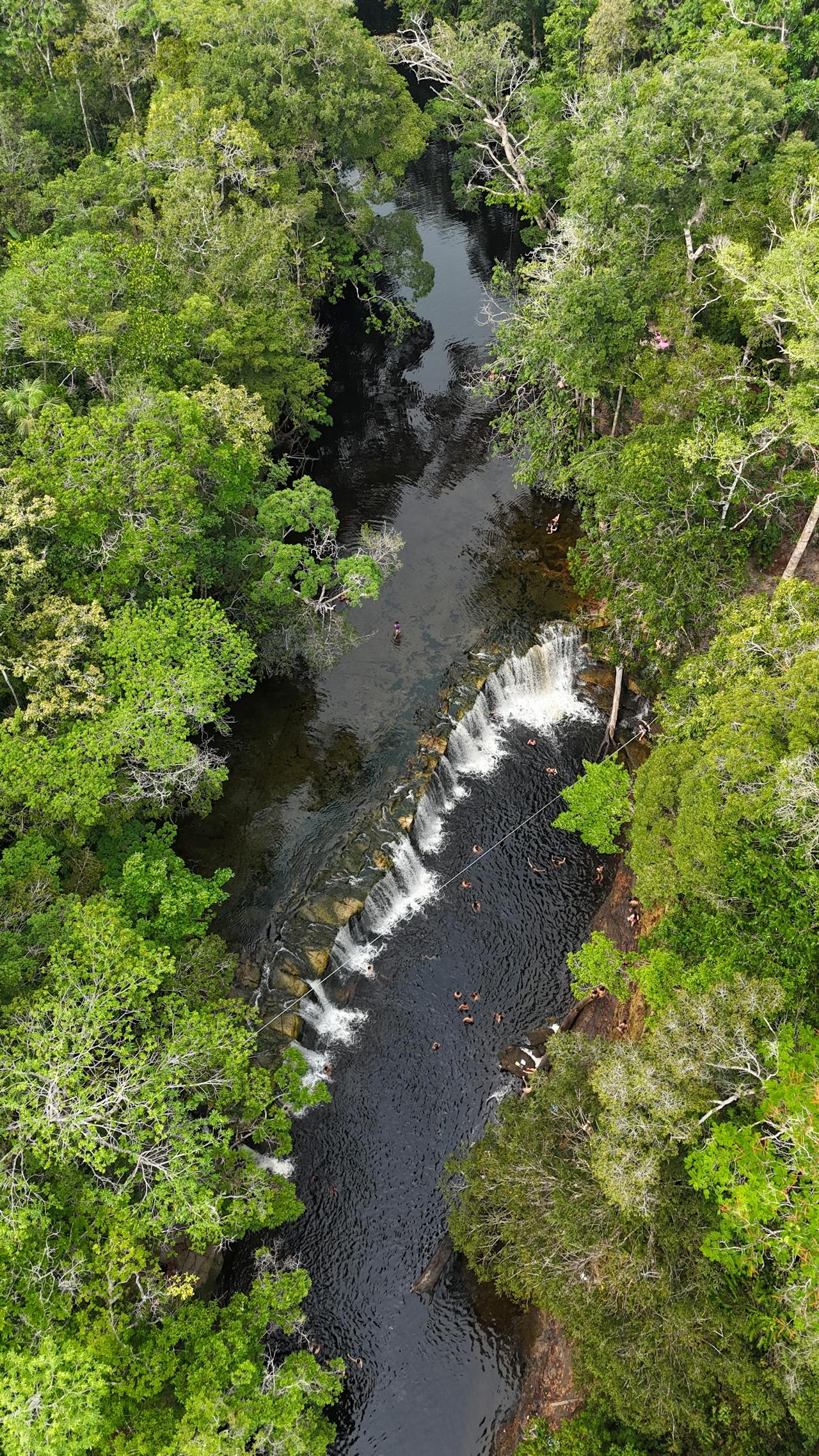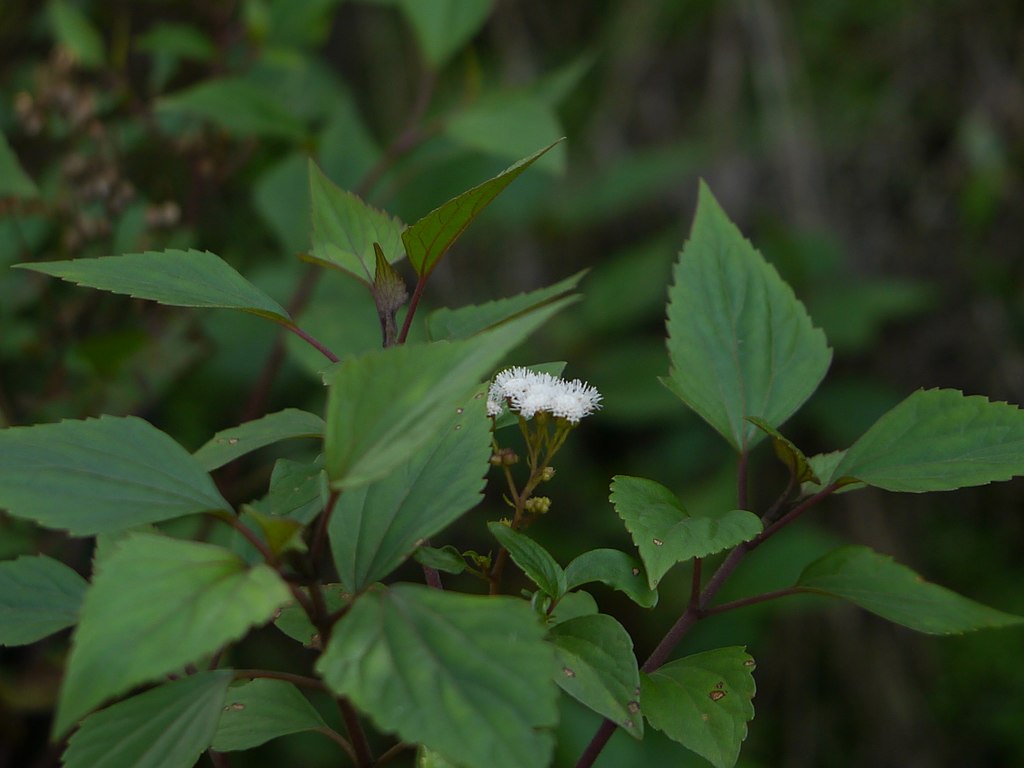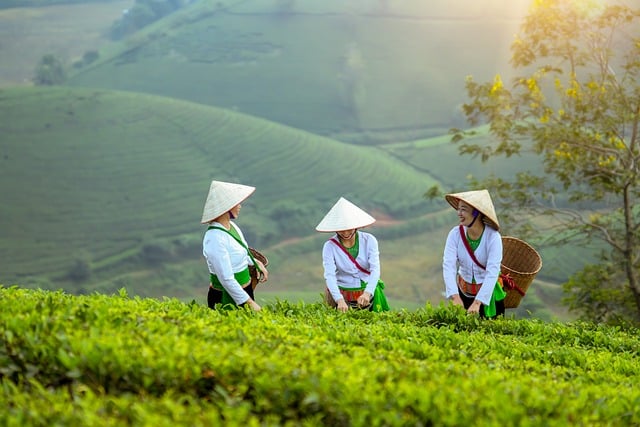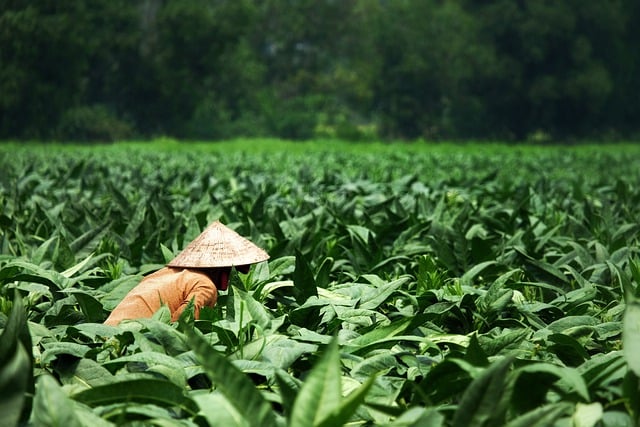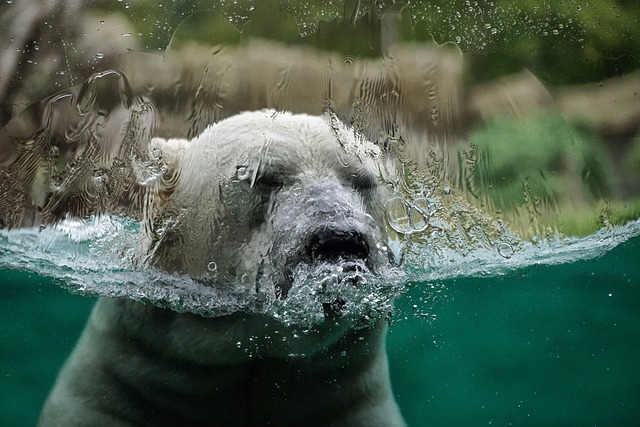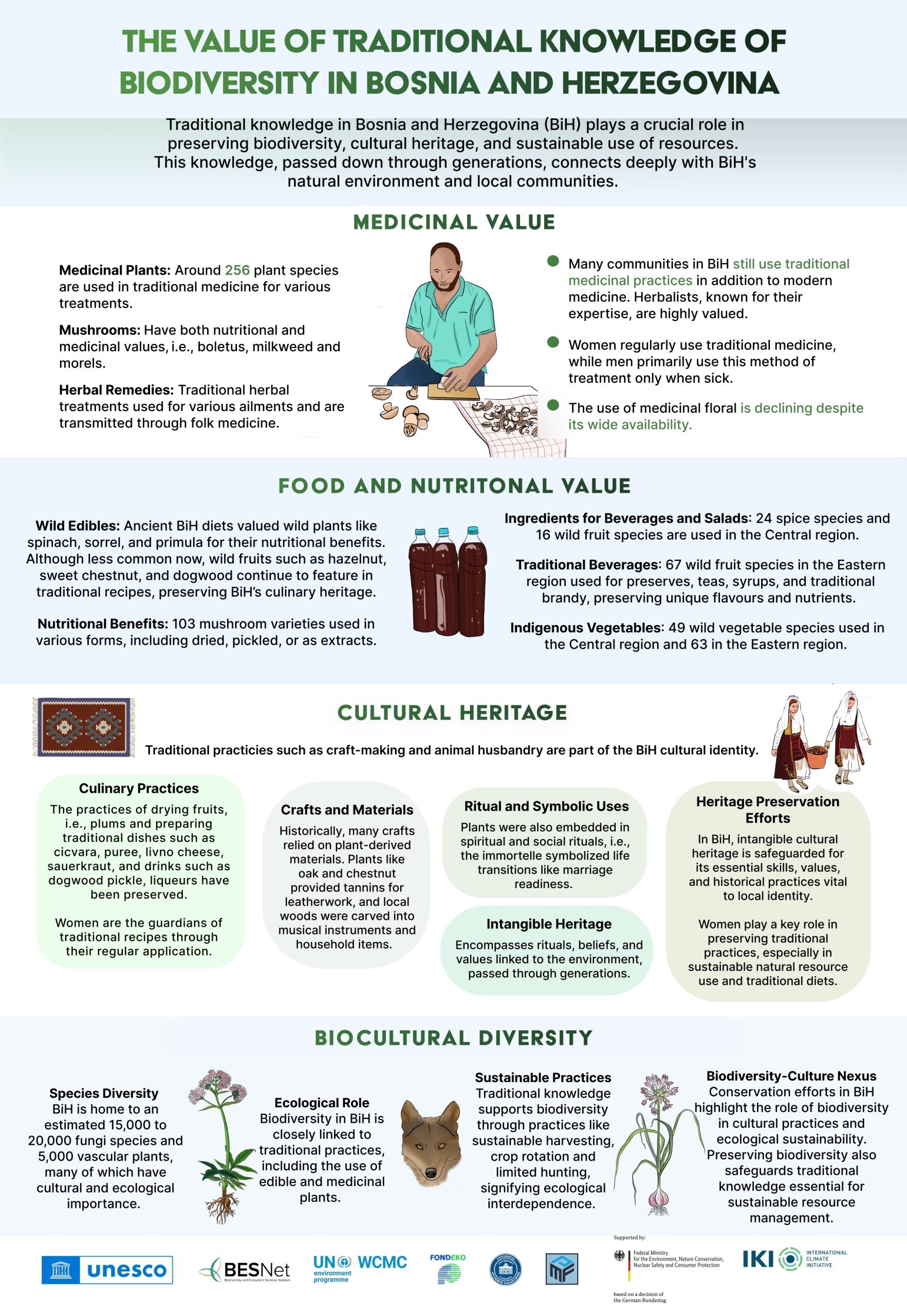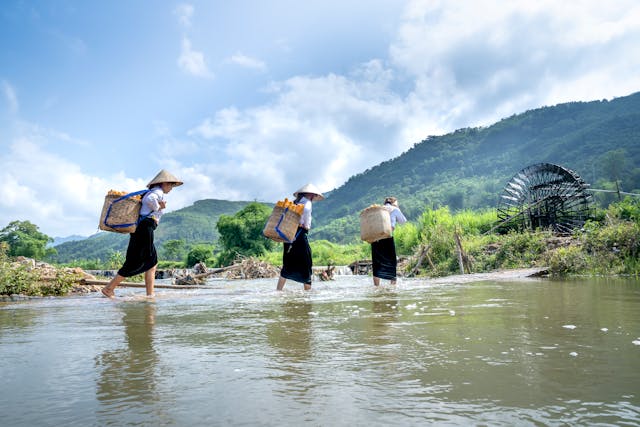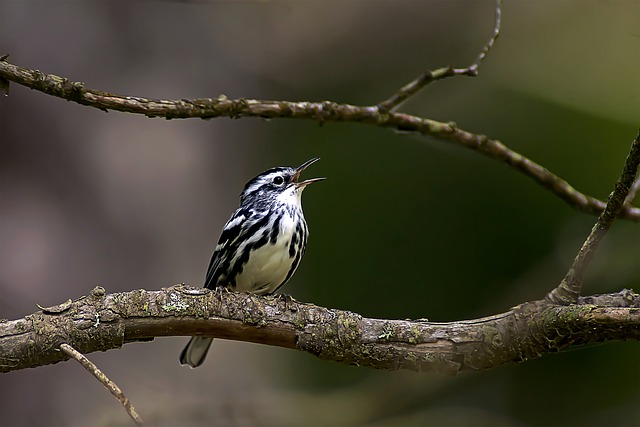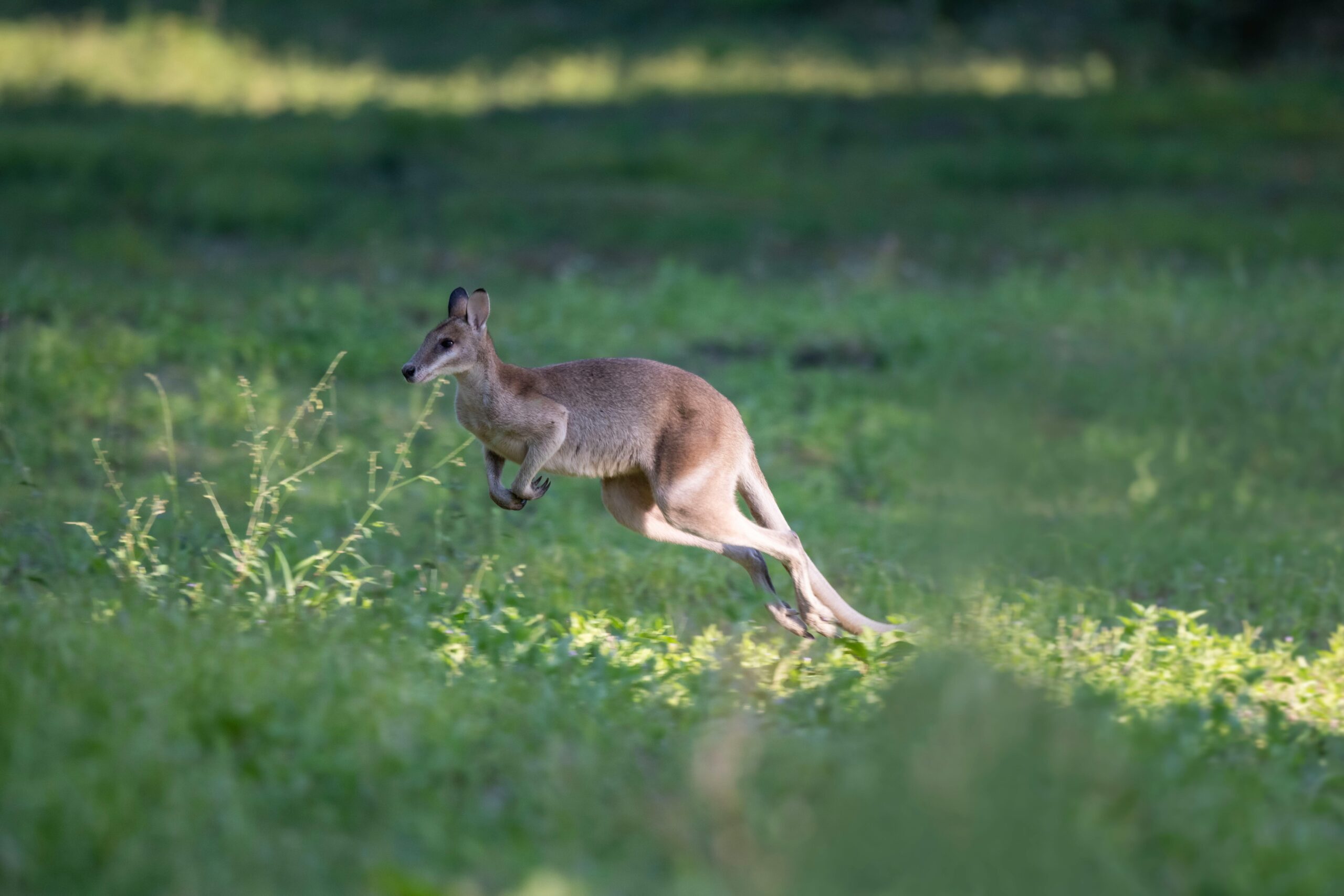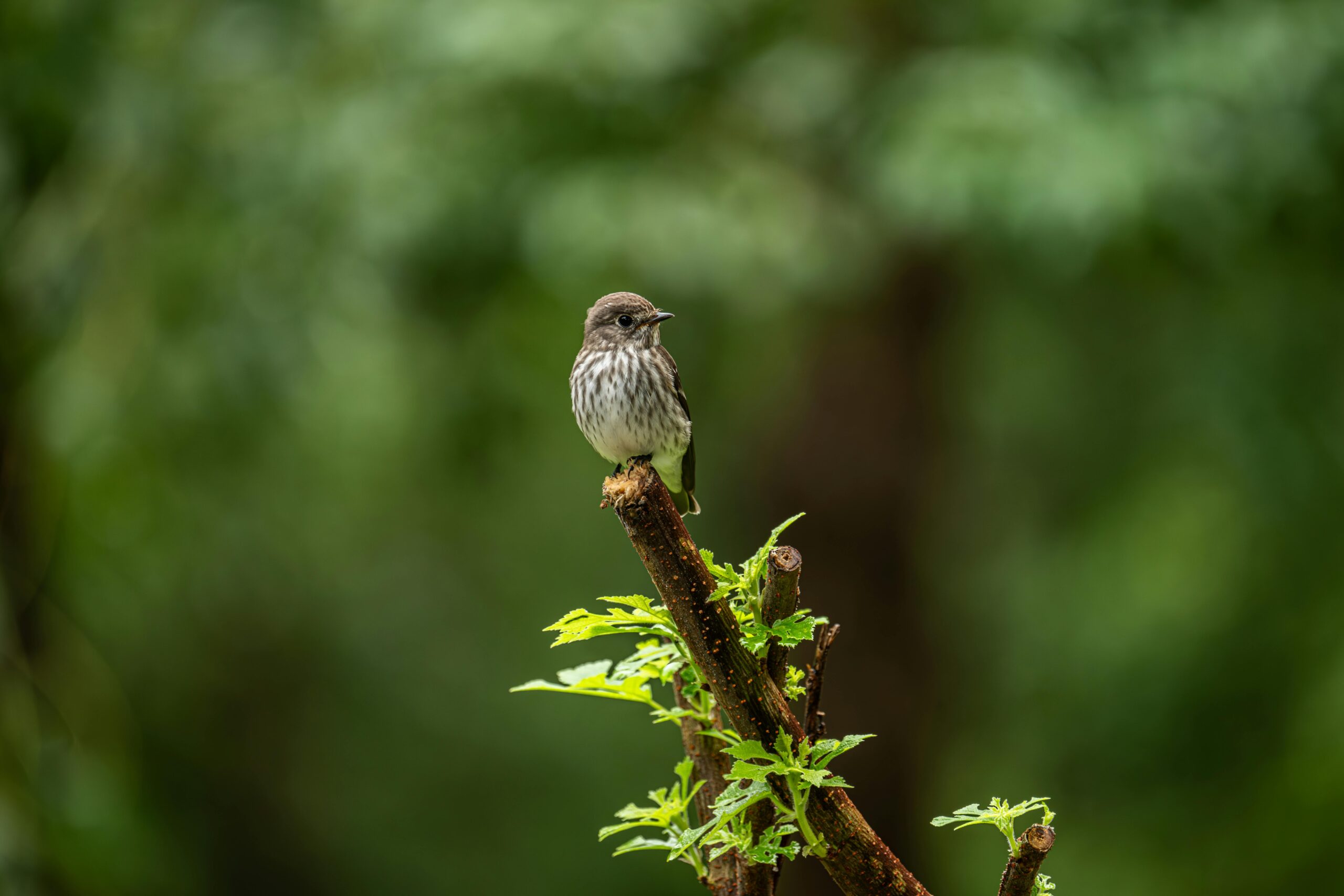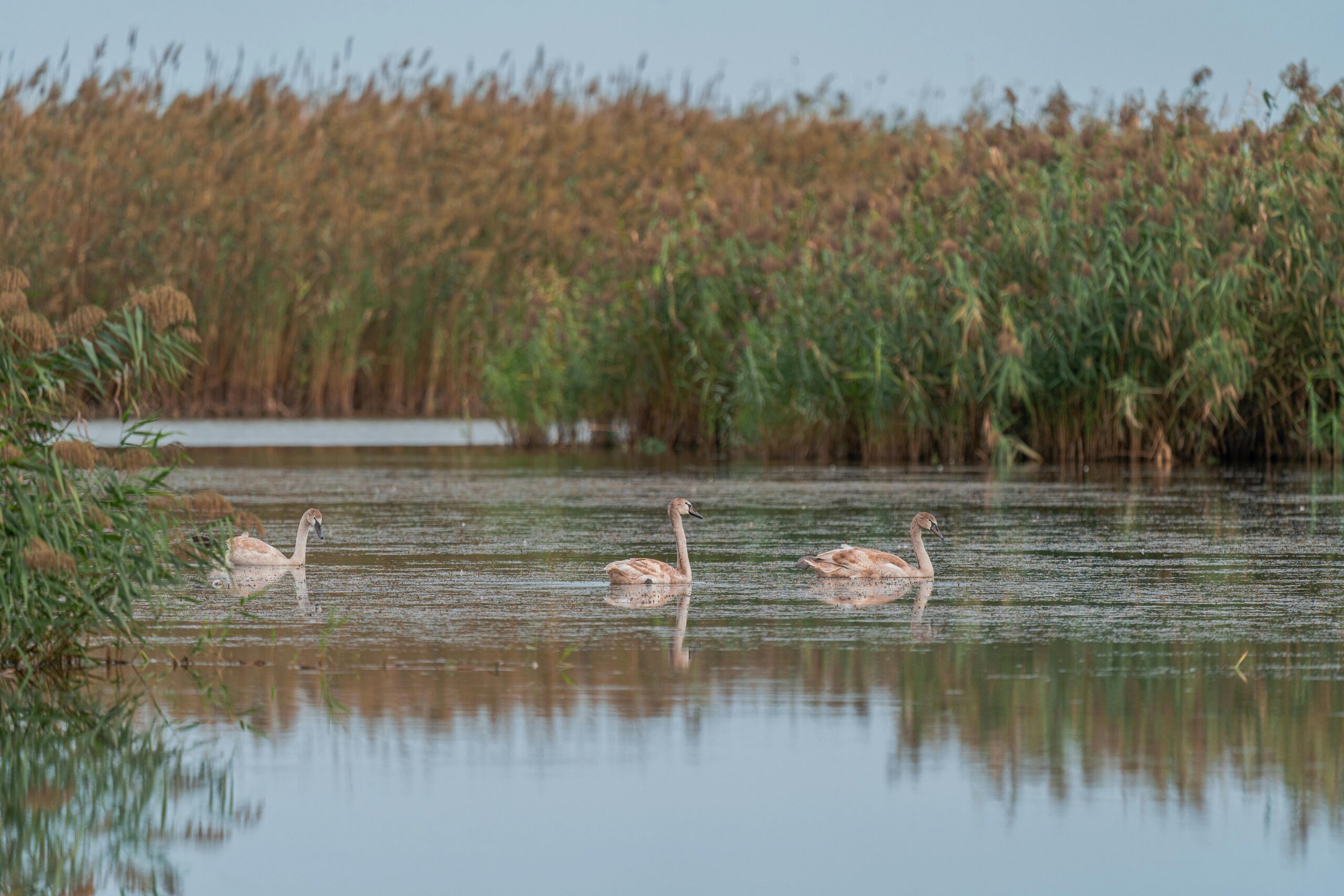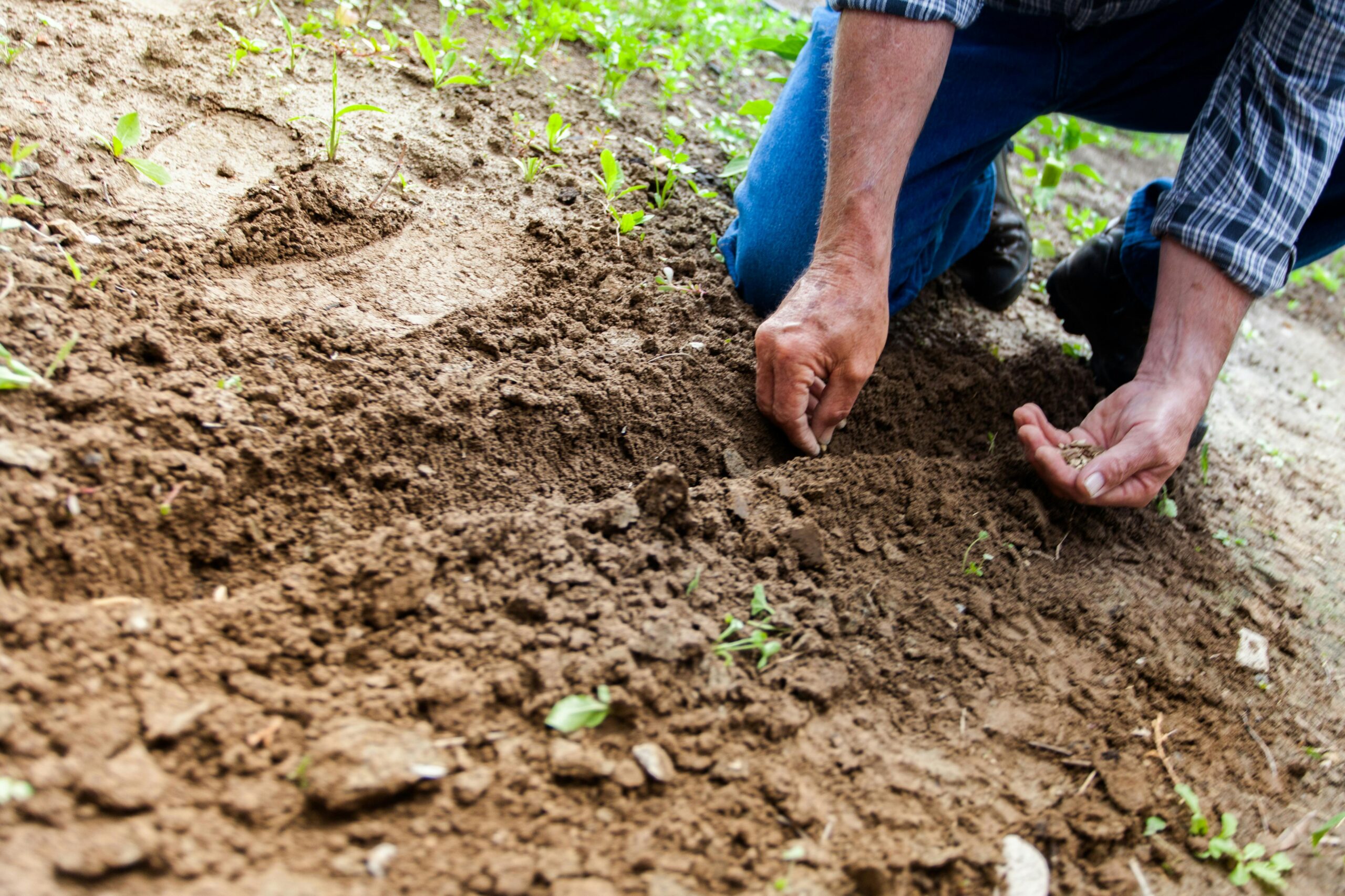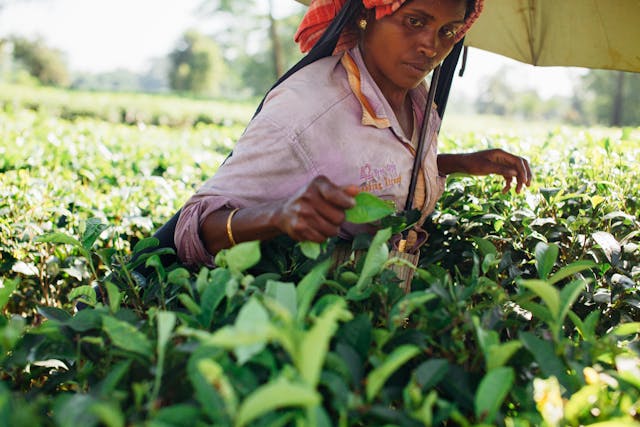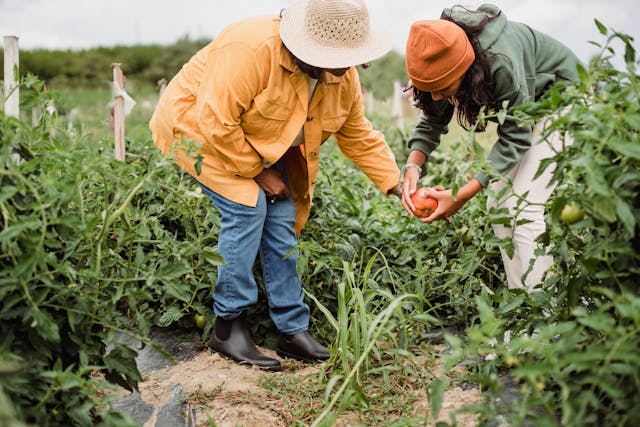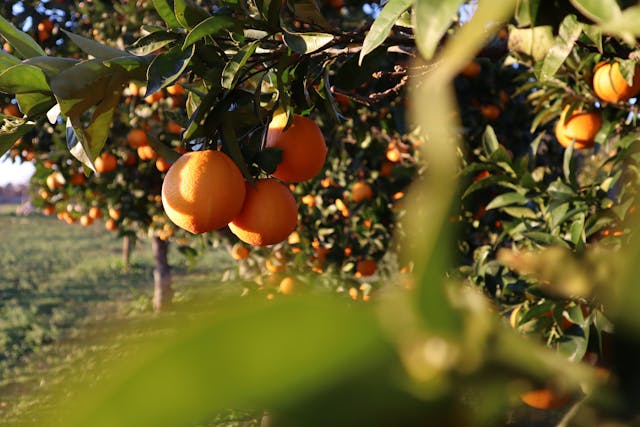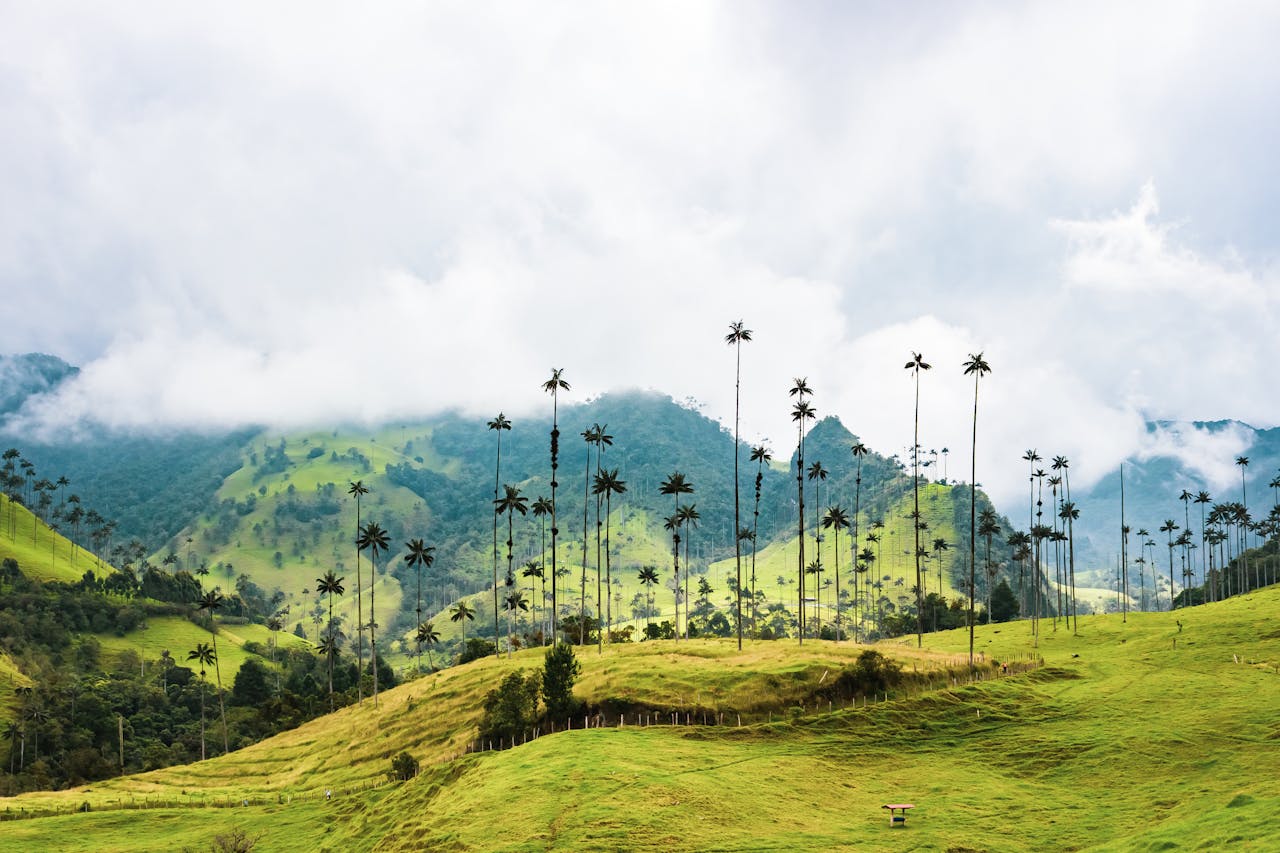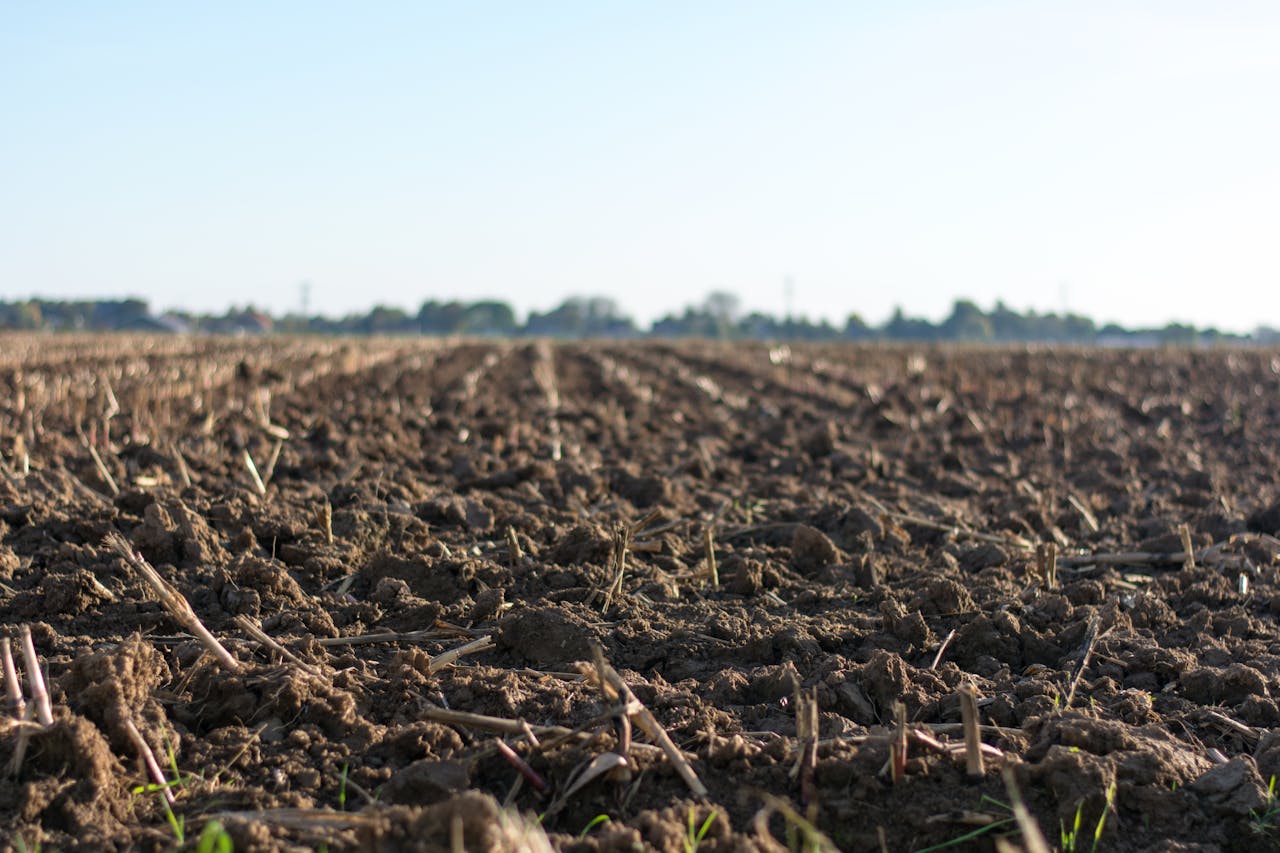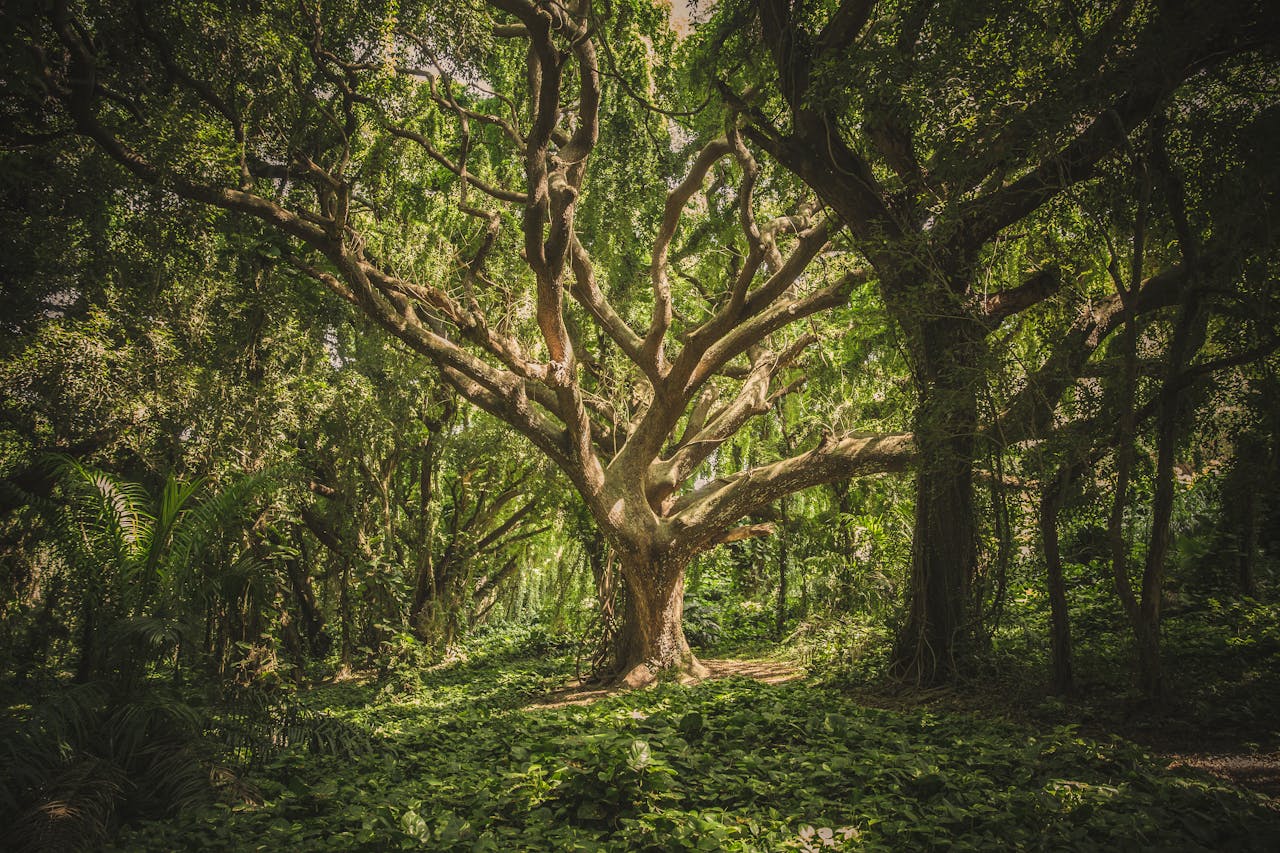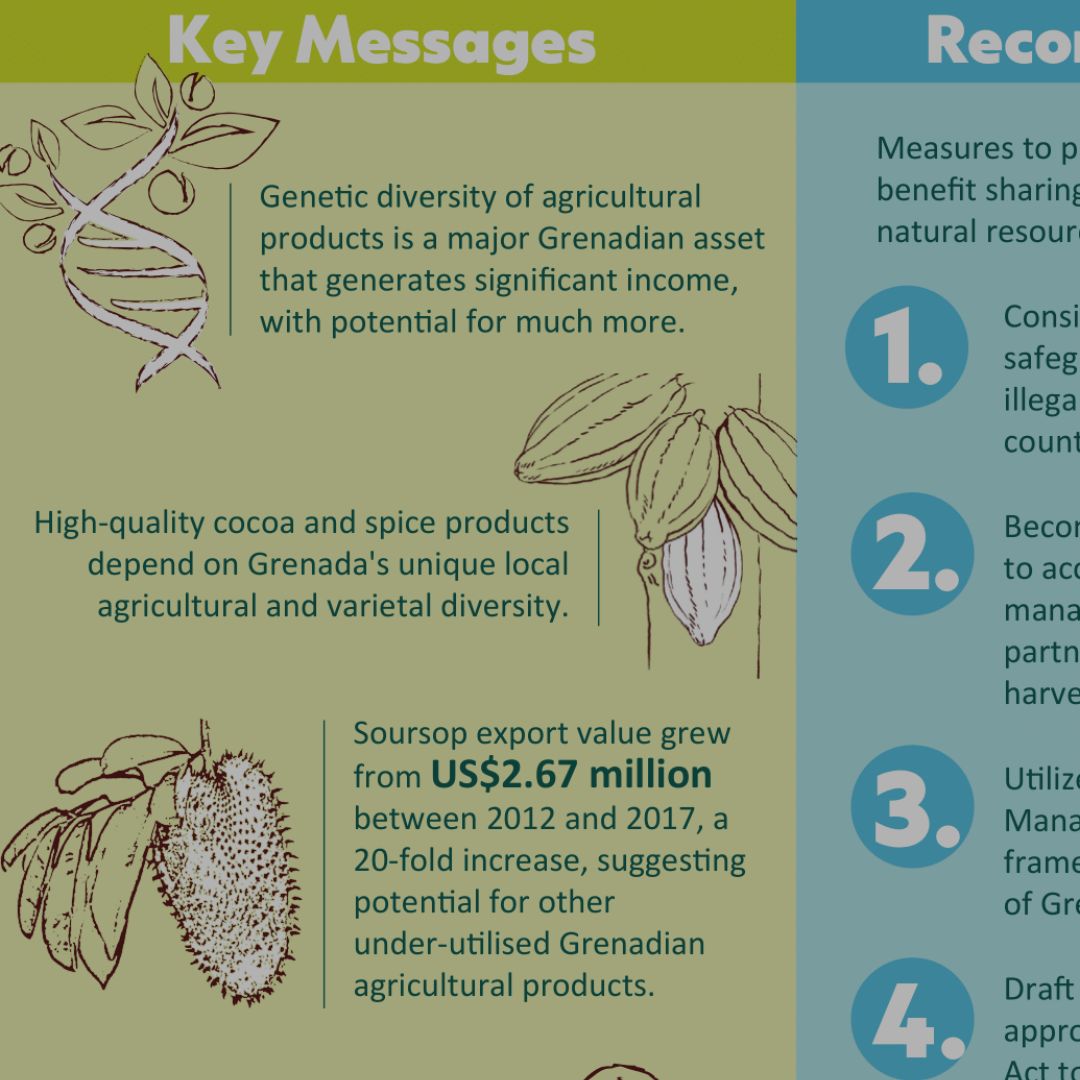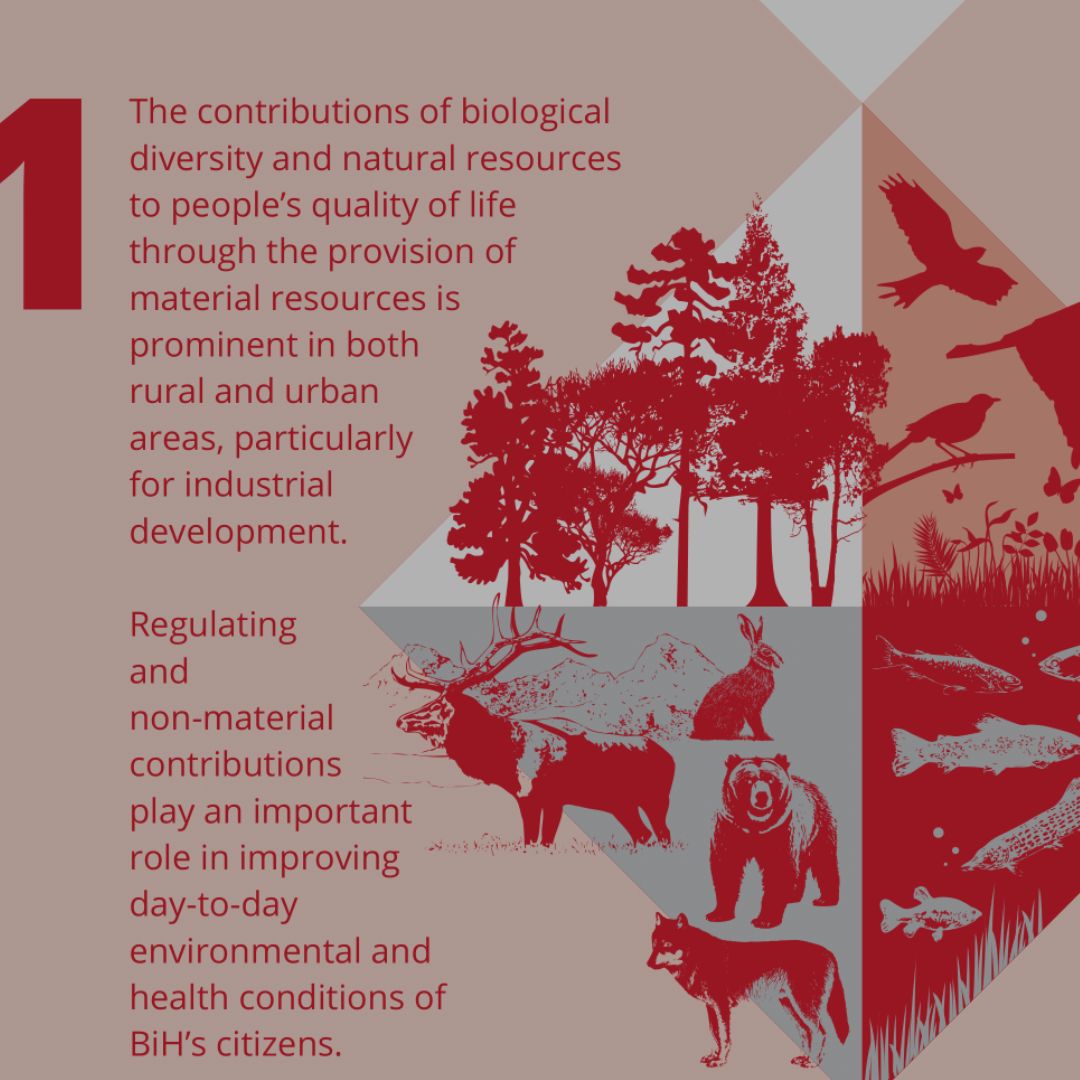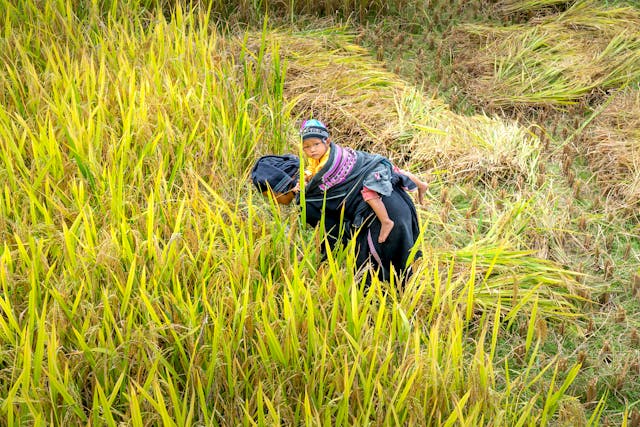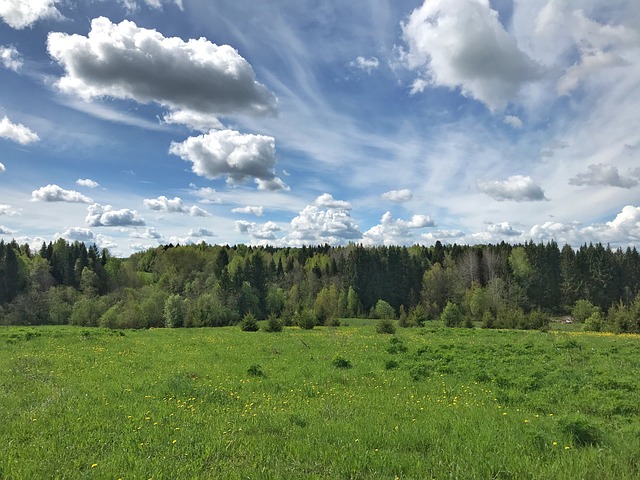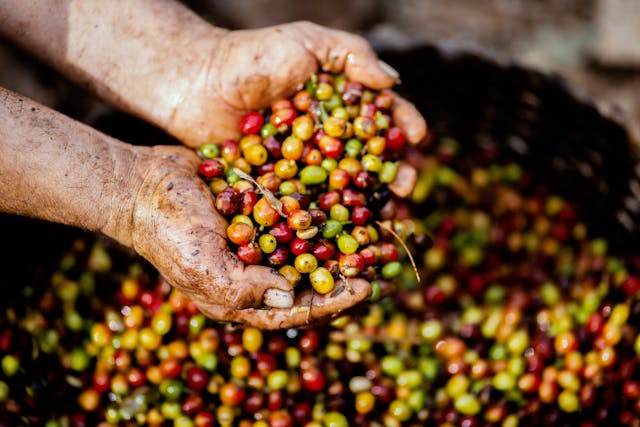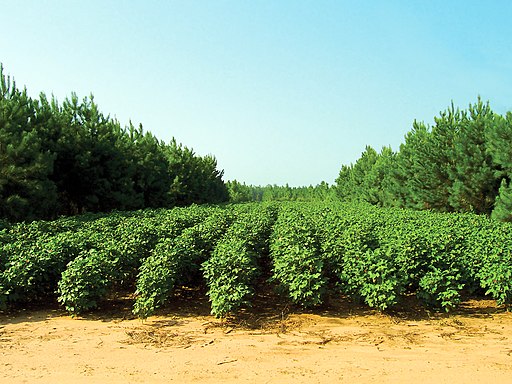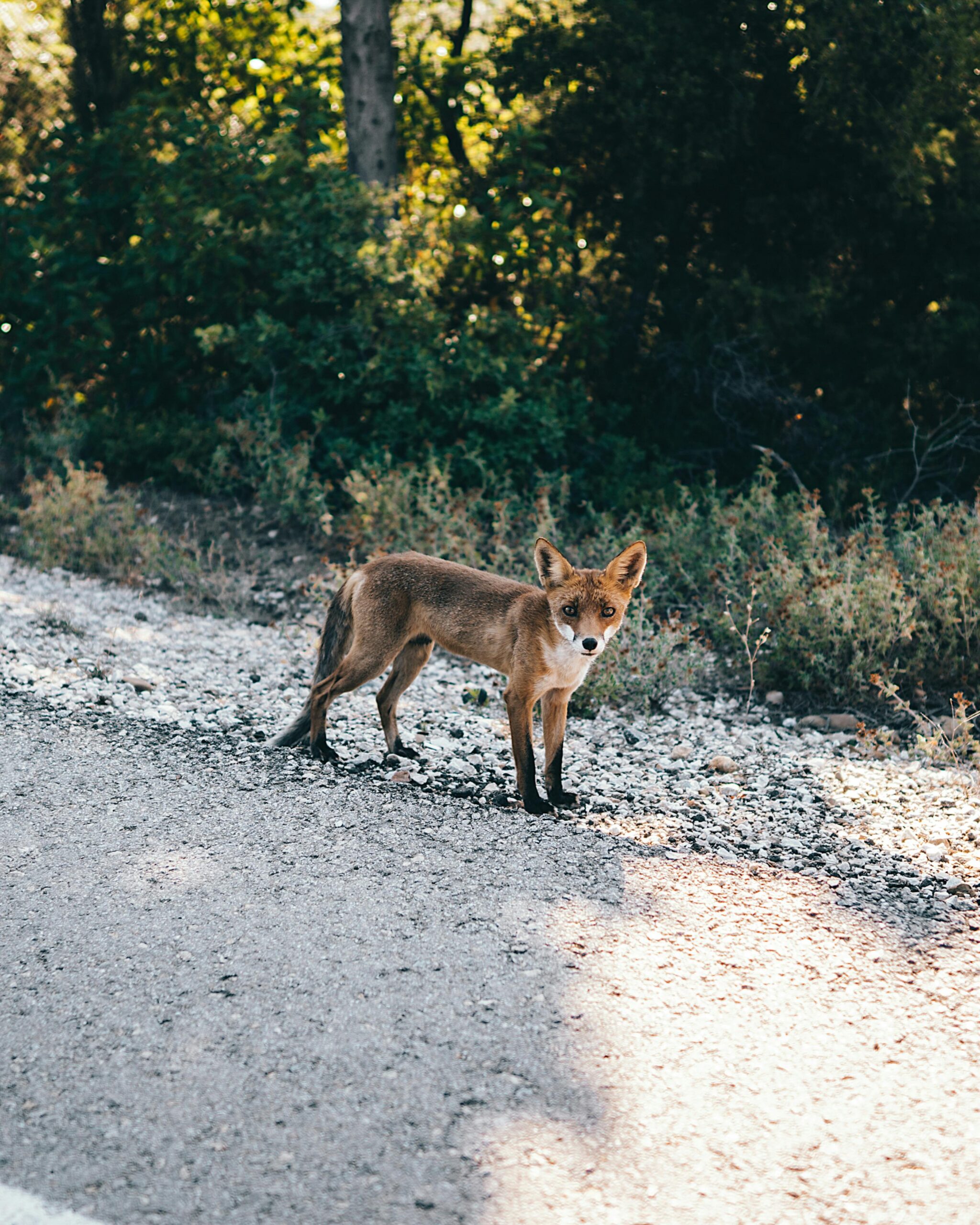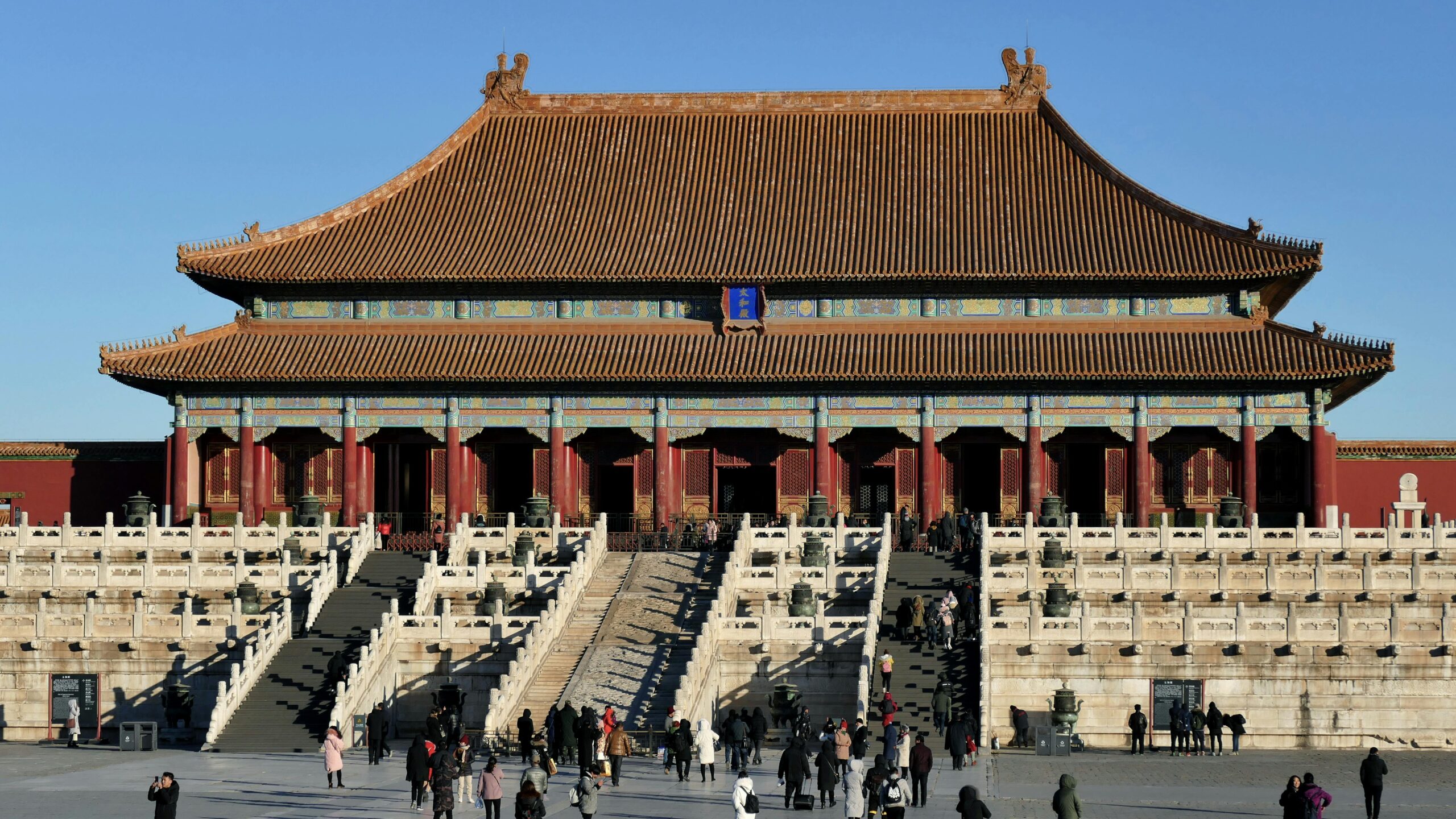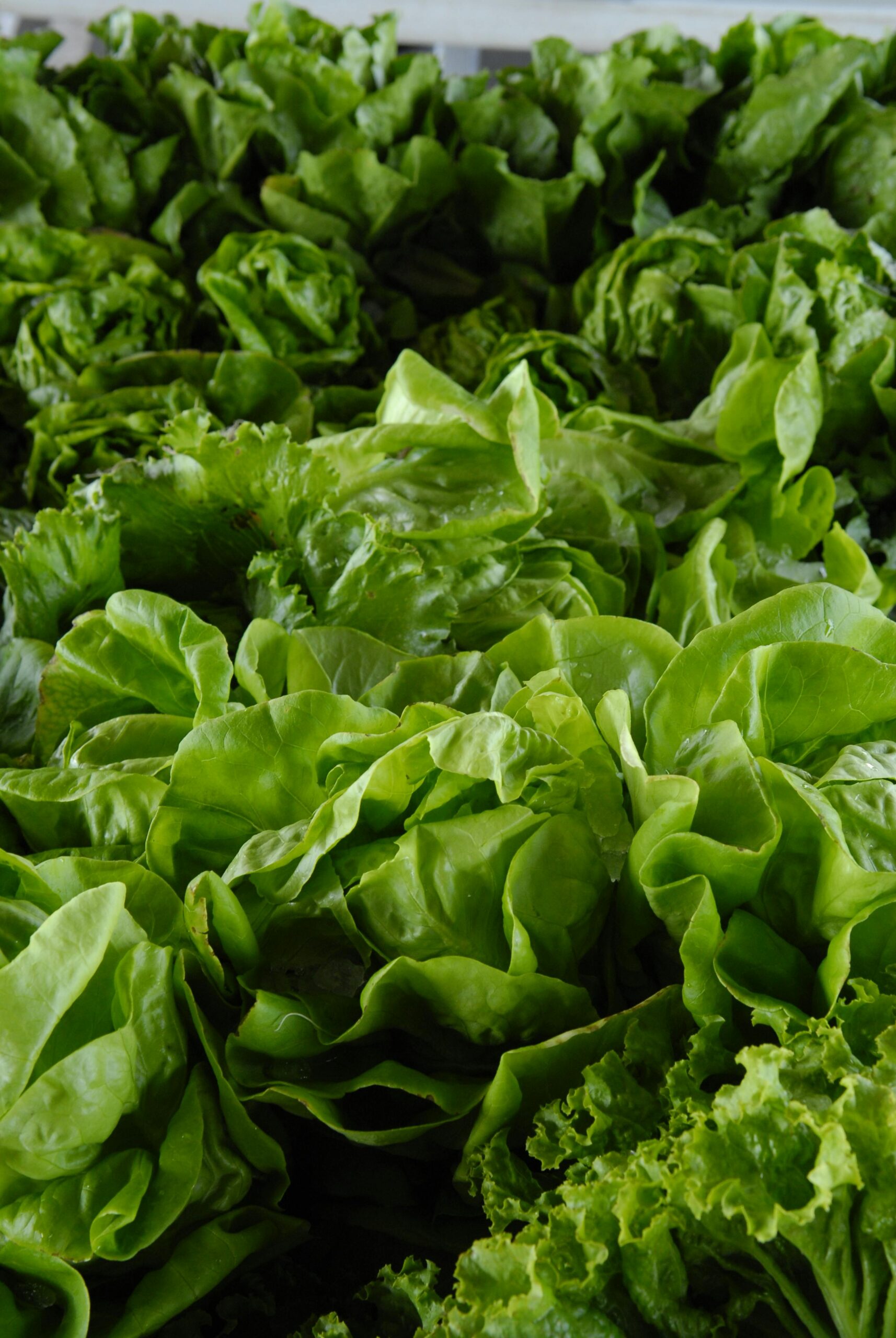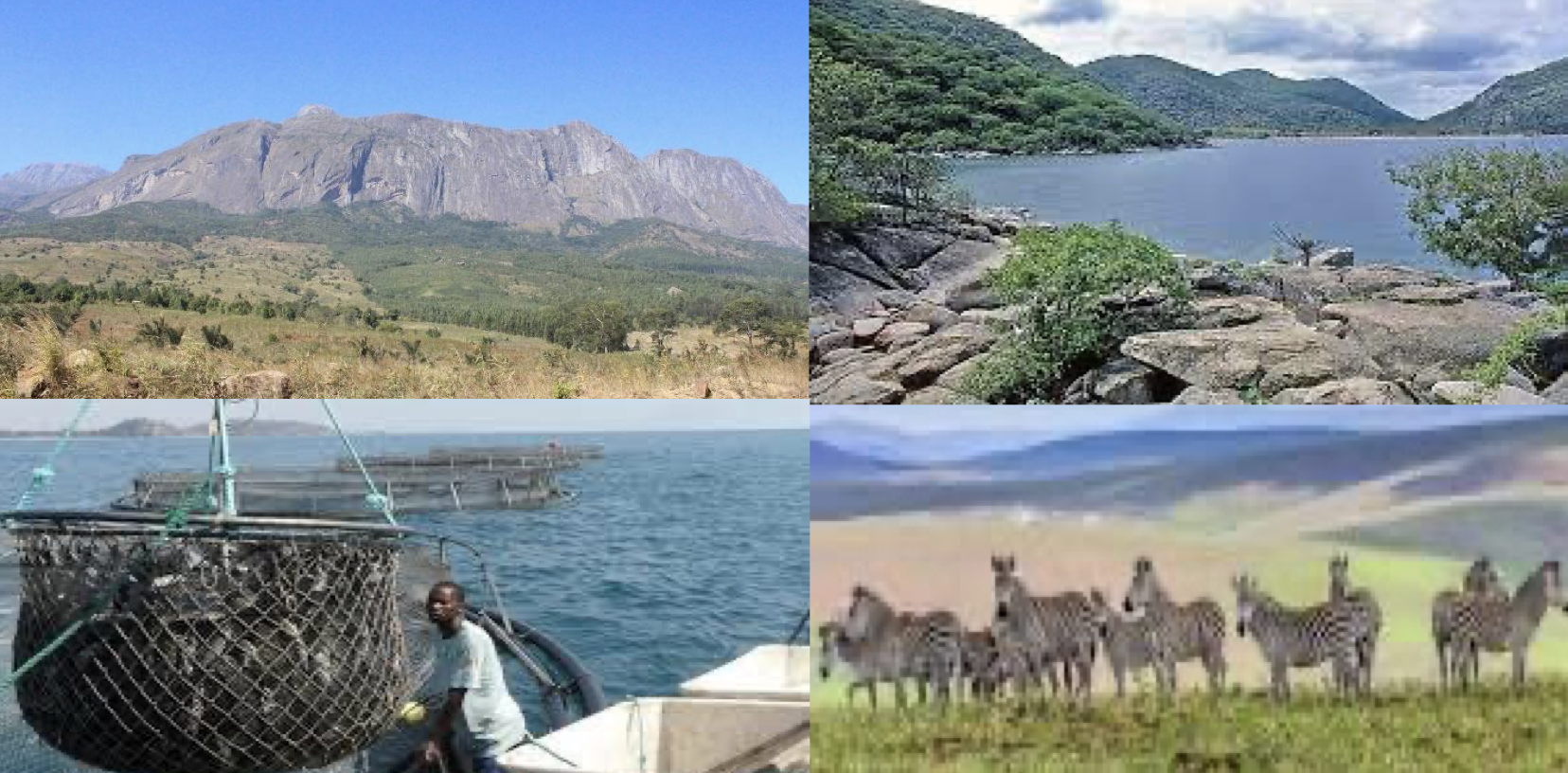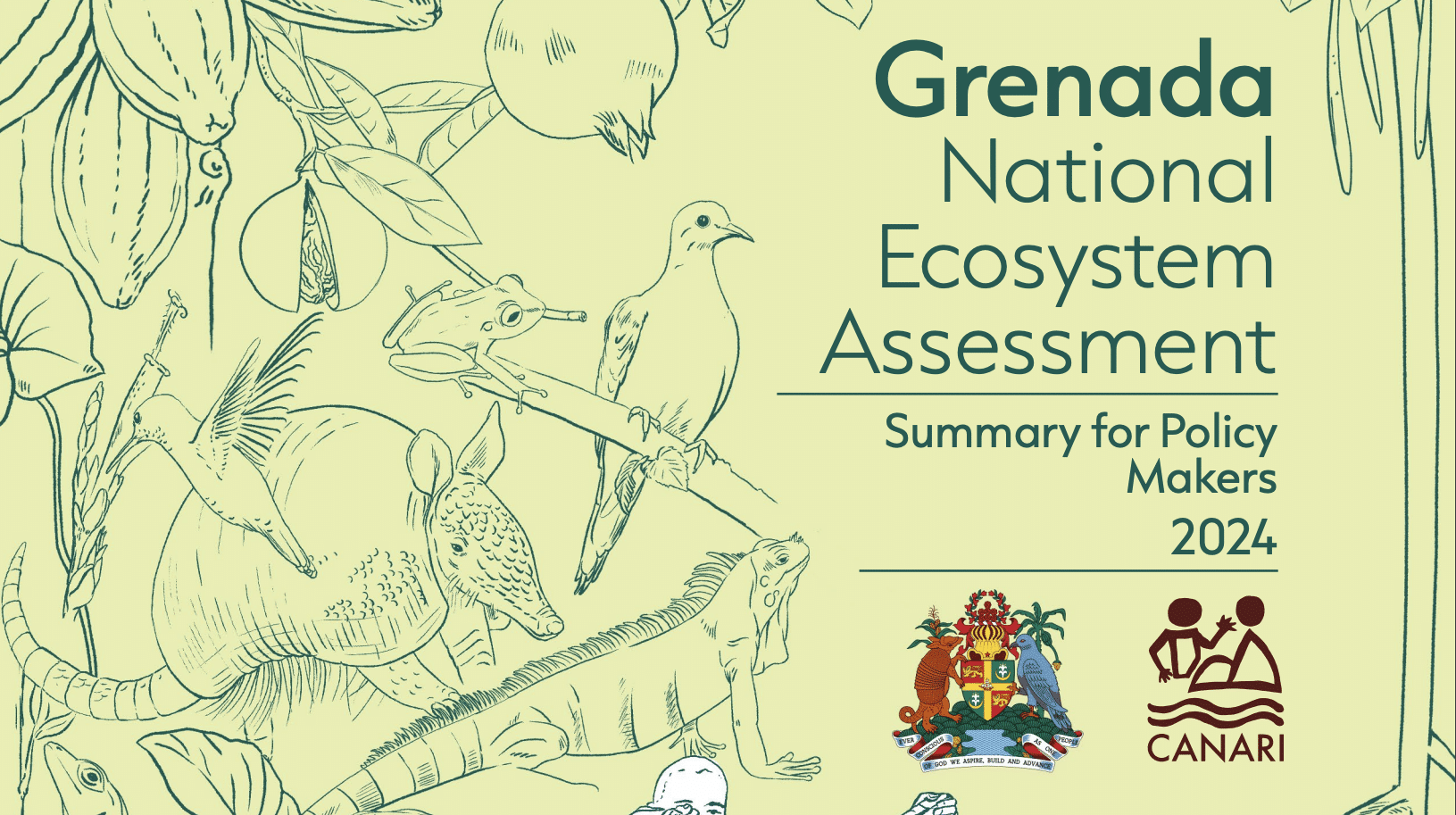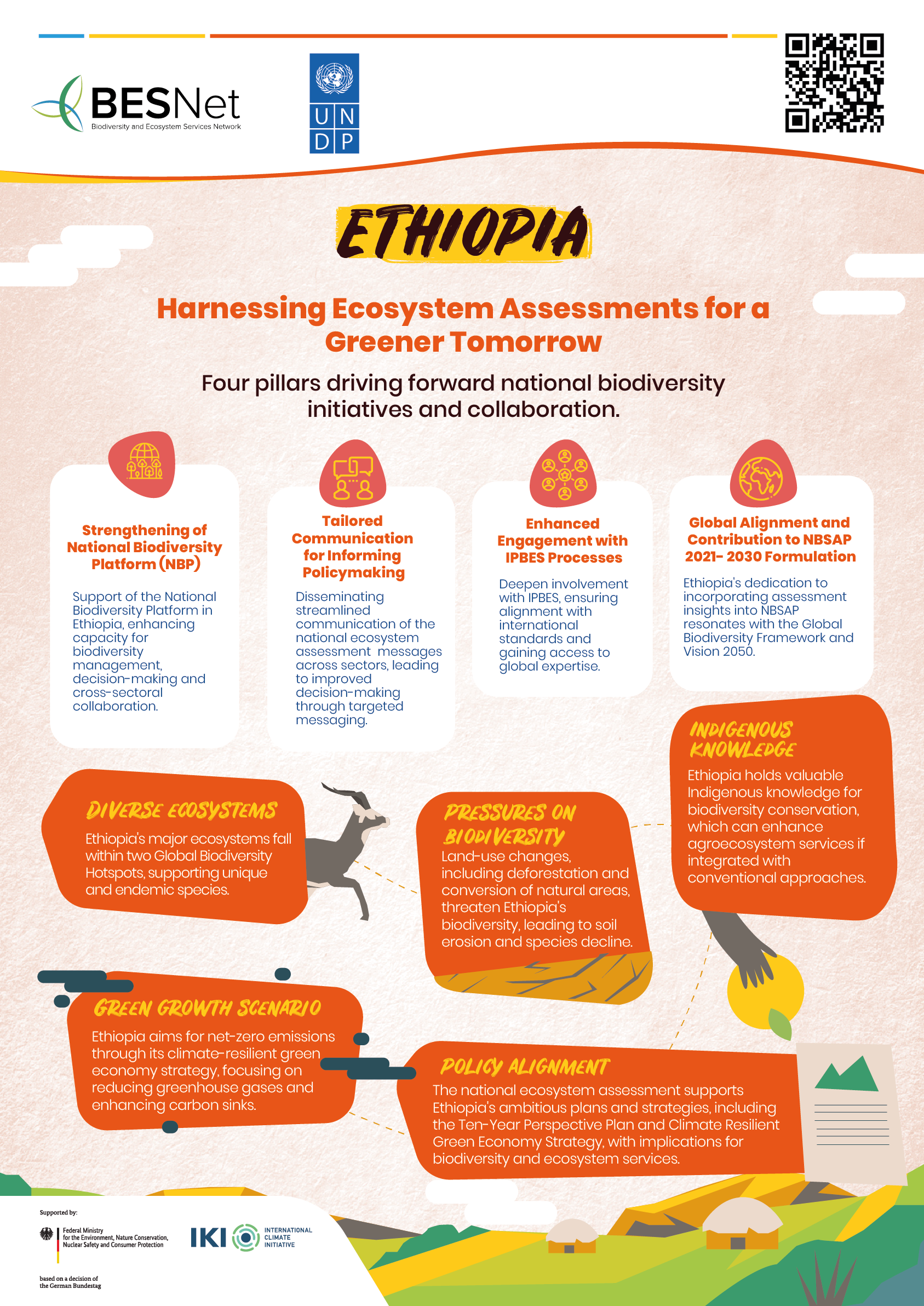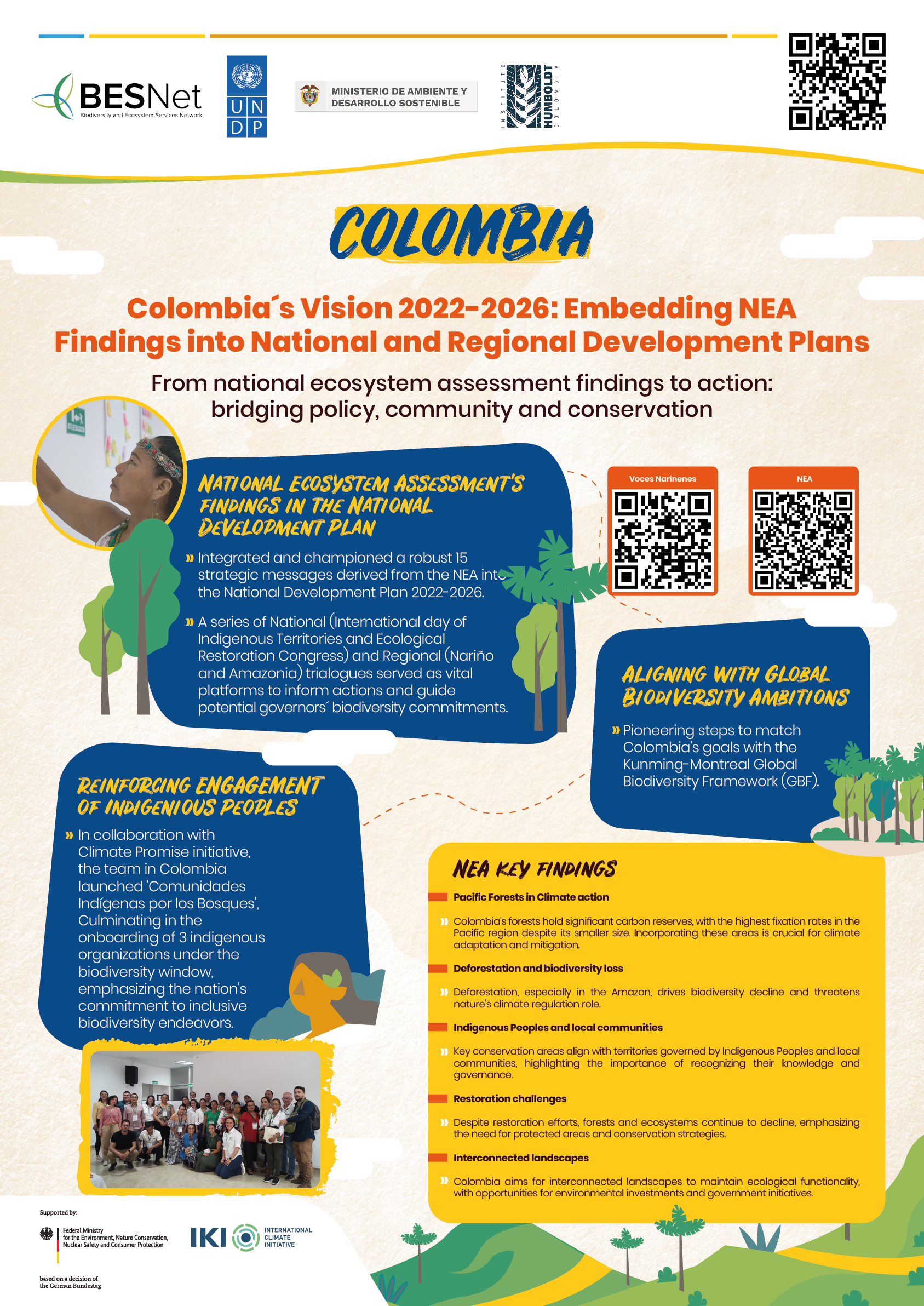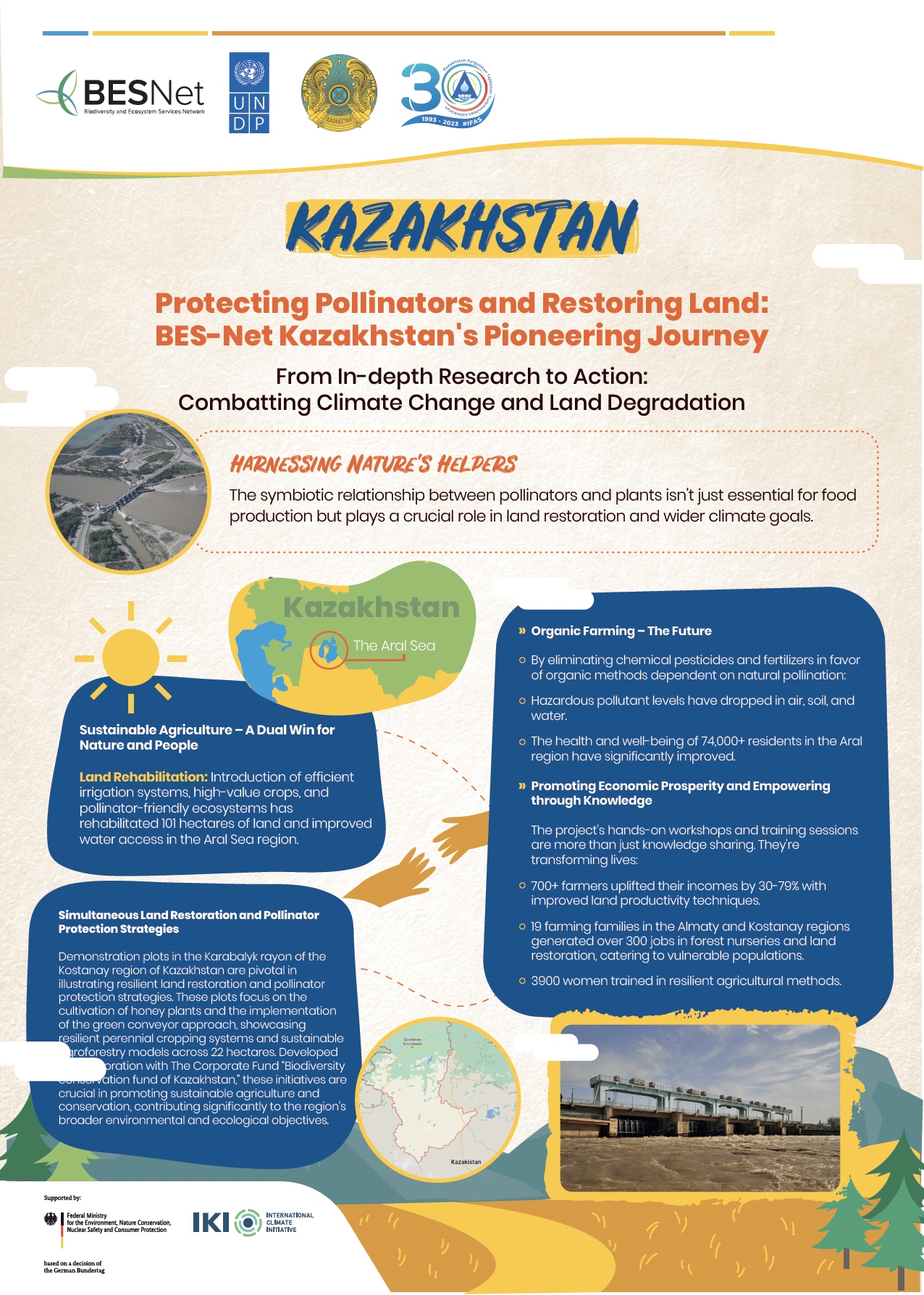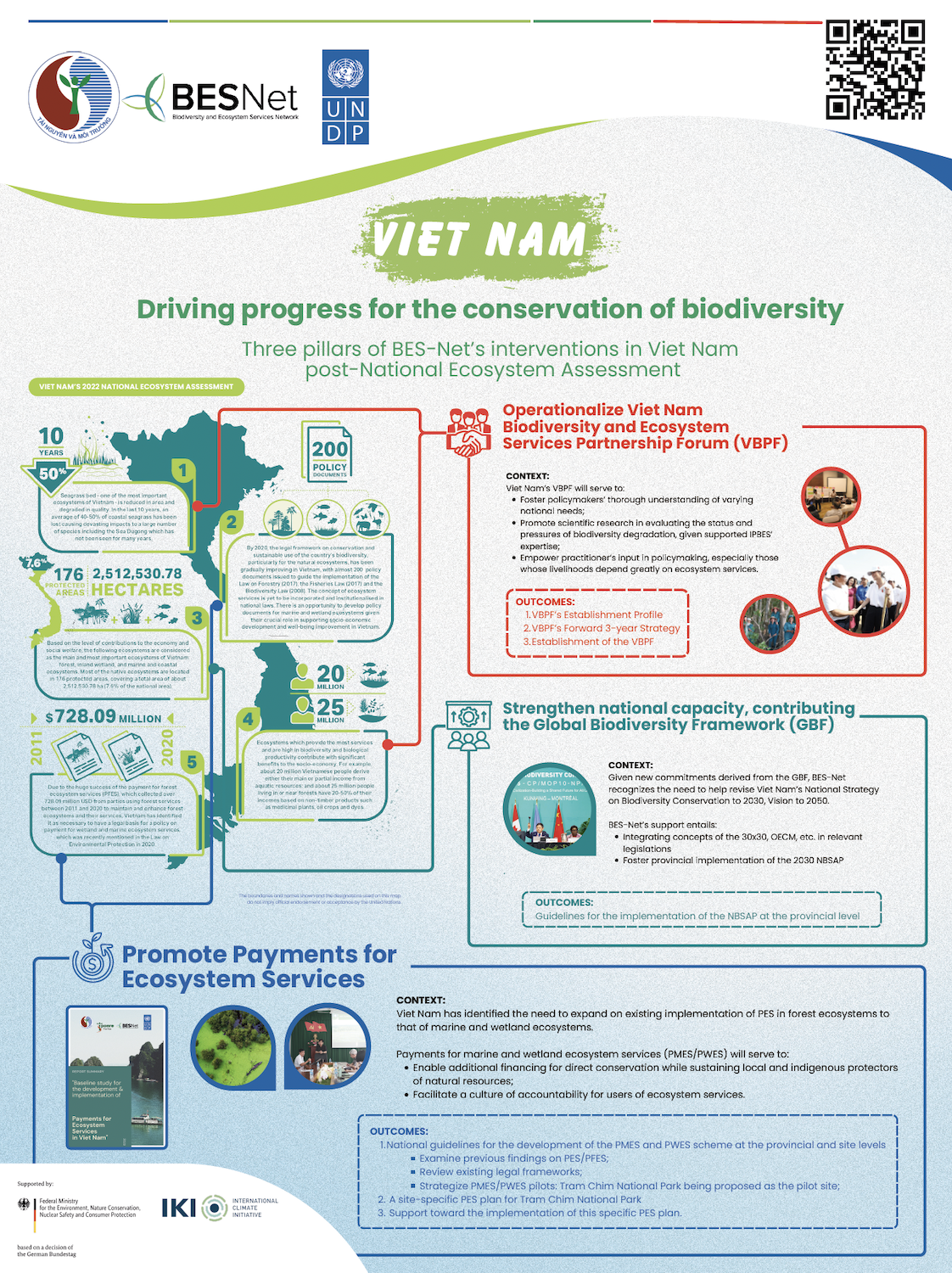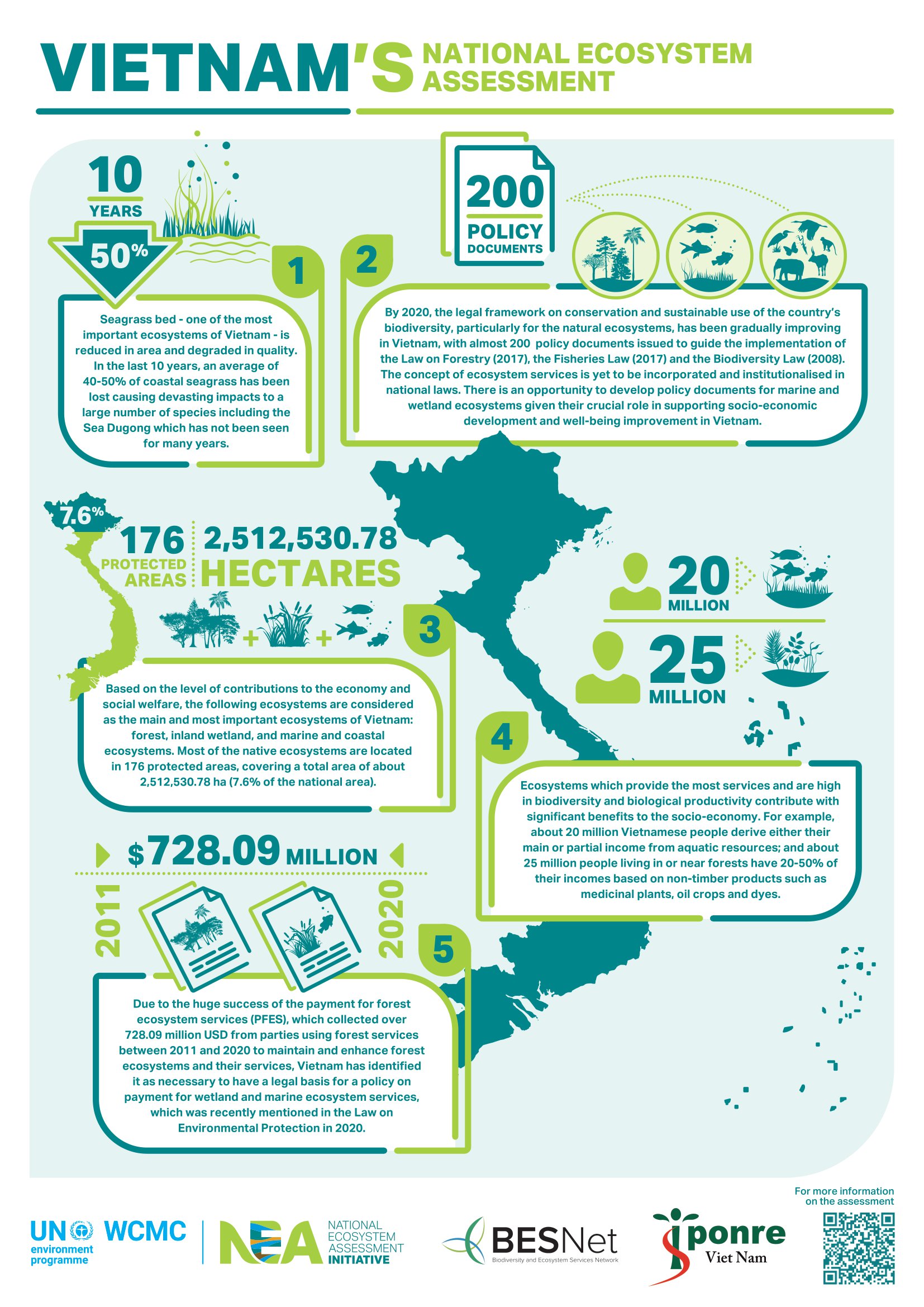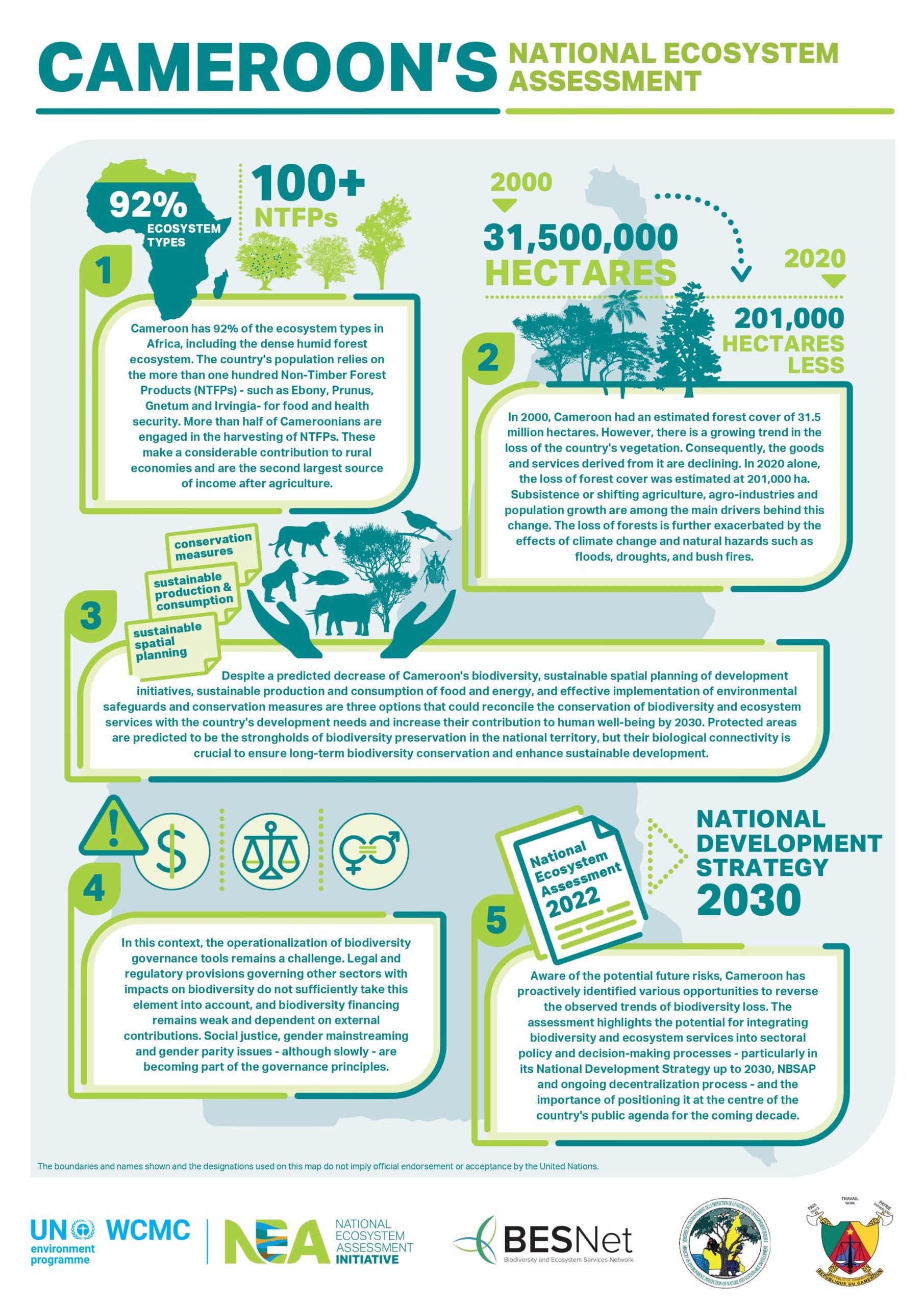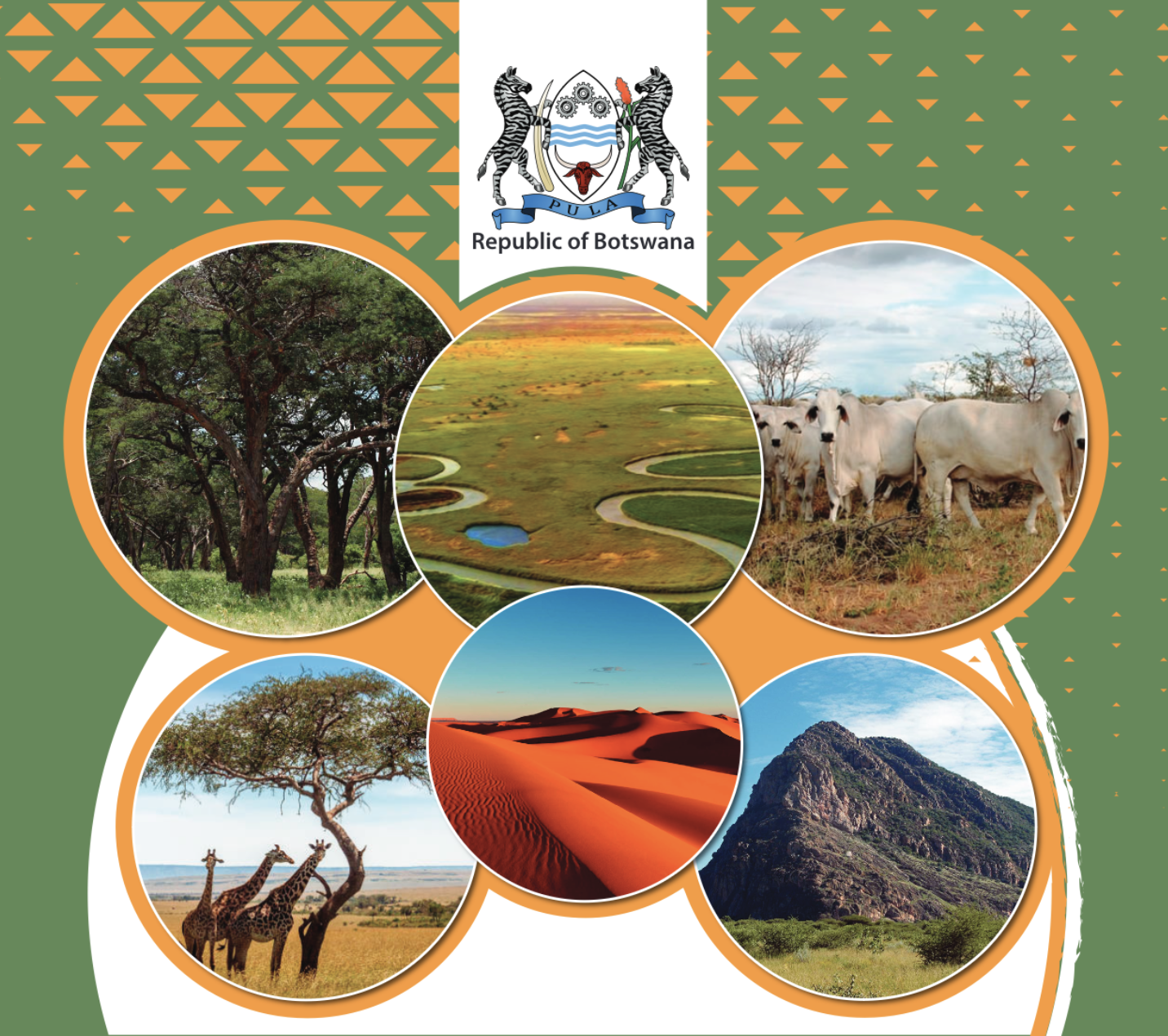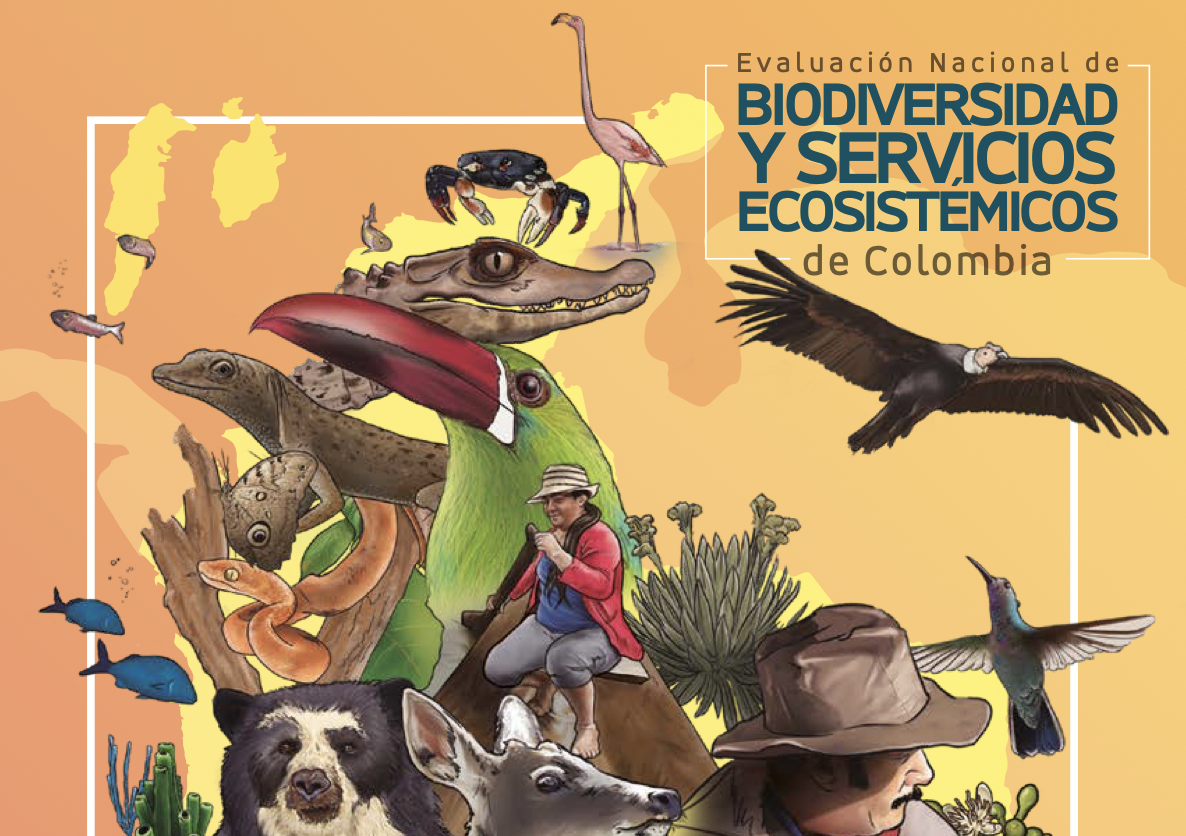Since pre-Colombian times, the fibre sheared from the vicuña animal (a small member of the camel family) has been an important resource for local communities across South America’s Andes High Plain region. When overhunting threatened to drive the species to extinction, several countries, with strong leadership from Peru, spearheaded national and international measures starting in the 1970s that have helped to repopulate the vicuña species and reinvigorate sustainable local livelihoods in the region. This study by the International Trade Centre (ITC) maps the value chain of the vicuña fibre in order to understand the factors that have helped the species recover from near extinction. It identifies current challenges facing the vicuña trade, including the distribution of benefits and threats to conservation. The work is based on a review of the literature, analysis of data provided by CITES Parties and the Vicuña Convention, and interviews in 2017 with key stakeholders in the vicuña sector. Back from the brink of extinction Before the Spanish Conquest, vicuñas were the property of the Incas, who regulated capture and shearing activities across the empire. After the Spanish Conquest, the species became an open-access resource subject to indiscriminate hunting which decimated the population. Hunting intensified in the twentieth century, and by the 1960s, the species was near extinction. In response, the newly established Vicuña Convention of 1969 prohibited hunting. Trade became subject to a ban under the Convention on the International Trade in Endangered Species of Wild Flora and Fauna (CITES) as well as under regulations from the United States of America (US) and the European Union. In 1980, the Peruvian government introduced a change of policy and granted local communities the right to shear the fibre of vicuñas. In accordance with strict regulations, communities began to capture vicuña and shear them for sale to international and national buyers. The result was a dramatic recovery in vicuña numbers as communities now had an economic stake in the species’ survival. A live vicuña came to be worth more than the value of a poached one. Today, the vicuña population is thriving, with approximately 450,000 across the Andes. Vicuña trade flows and production Over the last ten years, trade-in vicuña fibre has increased by 78%. The annual value of these exports, largely from Peru, is approximately $3.2 million, and Italy is the main destination market. Italy is also the major re-exporter of vicuña items sold mainly to China, Switzerland and the US. The production process begins in farming communities that capture, shear and process the fibre into quality categories. Women manually clean the fibres (in cases under poor working conditions) before the fibre is shipped to either domestic or international buyers. For this work, communities capture about 2%-6% of the value of the final products. Sustainability and governance challenge The main environmental sustainability challenges in vicuña management and trade include poaching, the development of captive management schemes, hybridizing vicuñas with alpacas, the impact of climate change on already degraded vicuña habitat, and the deterioration of grasslands due to overgrazing by domestic livestock. Broader governance challenges in the value chain include the reported poor working conditions and maintaining a robust traceability system in the face of unscrupulous traders and incentives to poach. The fibre trade generates income for some of the most isolated and poorest communities in Latin America. Given the communities’ small share of final product value, there is a push to find ways to add value to the fibre at the community level. There are, however, many challenges to upgrade and transfer value addition technology and skills, such as design, to source country producers. The market is characteristic of aoligopsony1 due to only a few buyers, with Loro Piana purchasing most of the fibre. Given their strong branding position and ownership of machine processing, as well as the relatively small size of production compared to other natural fibre markets, the barriers for new entrants is high. Recommendations x To ensure continued vicuña conservation under climate change scenarios, resources should be made available for further research by networks of non-governmental organizations (NGOs), universities and research centres on the scientific and socio-economic aspects of vicuña management, animal welfare, trade and habitat improvements. x To increase the share of income that communities receive from the sale of vicuña fibre, initiatives are needed to strengthen producer associations, improve the availability of market information, price transparency and increase competition between buyers. x Encourage the participation of local communities in the Vicuña Convention and other national and international fora for decision-making. x Policymakers and major buyers should take all possible steps to improve the working conditions of women in processing facilities while encouraging economic diversification in communities, exploring options for value addition. x With respect to traceability, further efforts are needed to achieve the right balance between the necessary level of administrative burden in terms of reporting, inspection and permitting and minimizing regulatory costs for communities and companies. x Provide training for customs and CITES authorities on processing yields and other customs control issues





















































































































































































































































































































































































































































































































